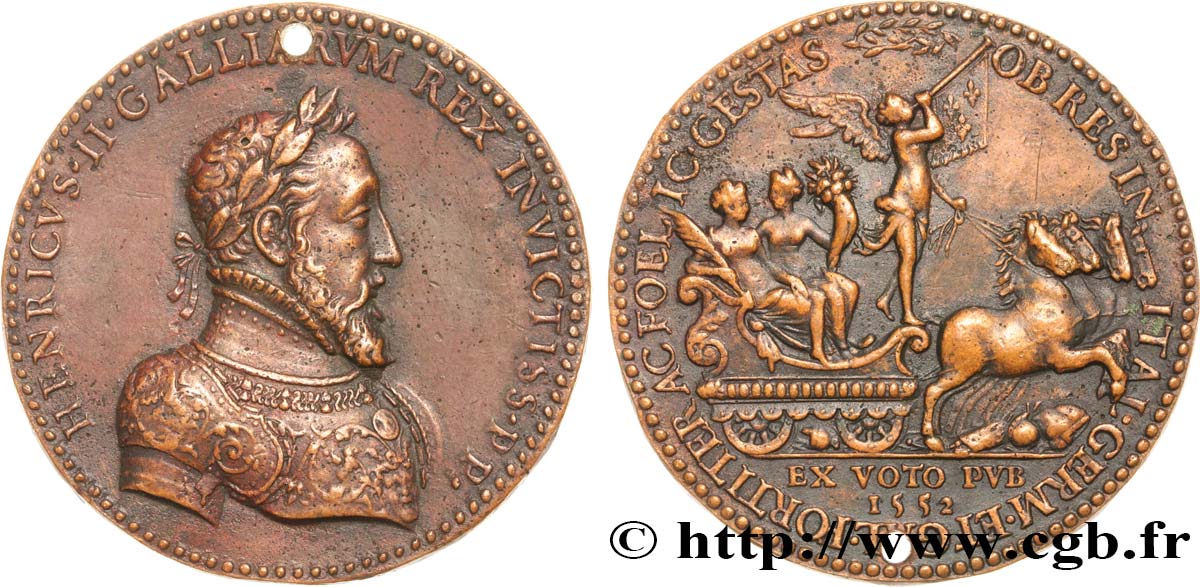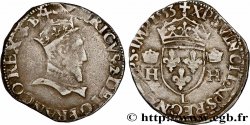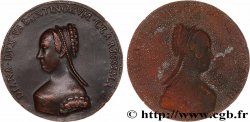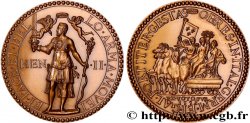E-auction 515-429102 - fme_523196 - HENRY II Médaille surmoulée d’Étienne de Laulne
Чтобы принять участие в торгах, вы должны войти в систему и стать подтвержденным участником аукциона. Войдите, чтобы сделать ставку. Ваш аккаунт будет подтвержден в течение 48 часов. Не ждите до закрытия торгов, чтобы зарегистрироваться.Сделав ставку на данный товар, вы вступаете в юридическое соглашение на покупку выбранного товара и нажатием кнопки «Сделать ставку» подтверждаете принятие вами условий интернет-аукционов cgb.fr.
Ставка может бить сделана только в полном эквиваленте евро. Торги закроются согласно времени, указанному в описании товара, все ставки, сделанные после закрытия торгов, учитываться не будут. Не следует откладывать предложение вашей ставки до последнего момента, так как система может не успеть обработать вашу заявку, и ваша ставка не будет принята. Более детальную информацию вы найдёте здесь: FAQ по интернет-аукционам.
БЕСПЛАТНО.
БЕСПЛАТНО.
| Оценить : | 200 € |
| Цена : | 42 € |
| Максимальная предлагаемая цена : | 45 € |
| Конец торгов : | 27 February 2023 20:51:00 |
| Участников : | 4 Участников |
Тип Médaille surmoulée d’Étienne de Laulne
Дата: 1552
Металл: bronze
Диаметр: 53,5 mm
Ориентация осей монеты: 6 h.
Гравер Etienne de Laulne
Вес: 55,26 g.
Век: lisse
Редкость: R1
Комментарии о состоянии
Exemplaire percé à 12 heures. Présence de petits coups et rayures. Une légère porosité est visible dans les champs
Ссылки в каталоге: :
TNG XII, 1 - Maz.99 - Jones 65
Лицевая сторона
Аверс: легенда: HENRICVS. II. GALLIARVM REX INVICTISS. PP..
Аверс: описание: Buste cuirassé et lauré à droite, avec le collier de l’ordre de Saint-Michel.
Аверс: перевод: (Henri II, invincible roi des Francs, Père de la patrie).
Обратная сторона
Реверс: легенда: (LAURIER) OB RES IN - ITAL. GERM. ET GAL. FORTIFER AC FOEL - IC. GESTAS.
Реверс: Описание: La Victoire tenant une palme et l’Abondance tenant une corne d’abondance, assise dans un char dirigé par la Renommée, tenant une trompette d’où tombe un drapeau aux armes de France, le tout sur les armes des vaincus ; à l’exergue EX VOTO PVB/ 1552.
Реверс: перевод: (Pour la conduite réussie et courageuse des affaires d’Italie, Allemagne et France - Par la volonté du peuple).
Комментарий
Médaille attribuée à De Laulne par Mazard qui trouve une similarité de style avec celles signées S (Stephanus pour Étienne). Fonte ancienne (l’original est frappé).








 Cообщить об ошибке
Cообщить об ошибке Распечатать страницу
Распечатать страницу Отправить мой выбор
Отправить мой выбор Задать вопрос
Задать вопрос Consign / sell
Consign / sell
 Информация
Информация



